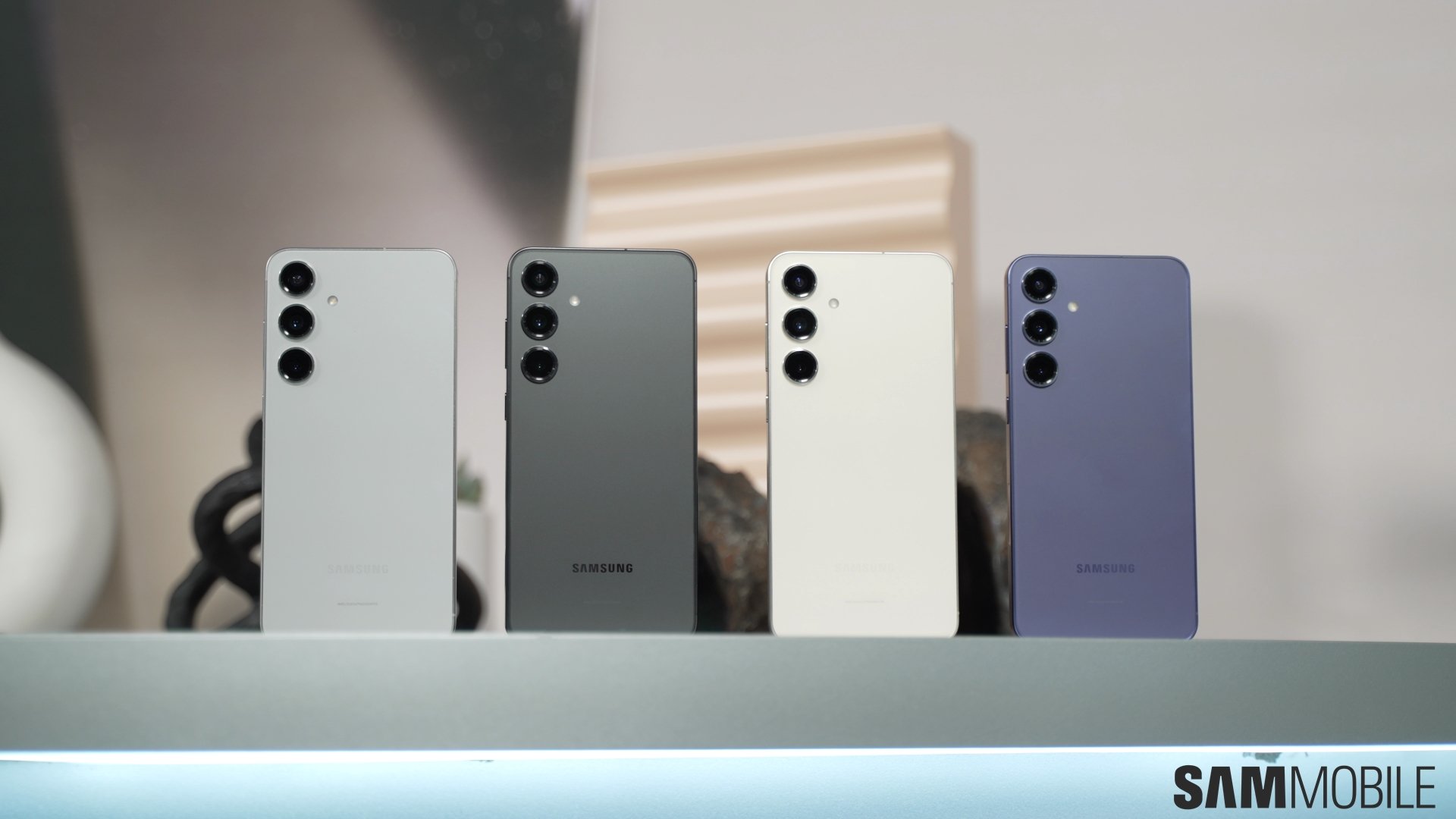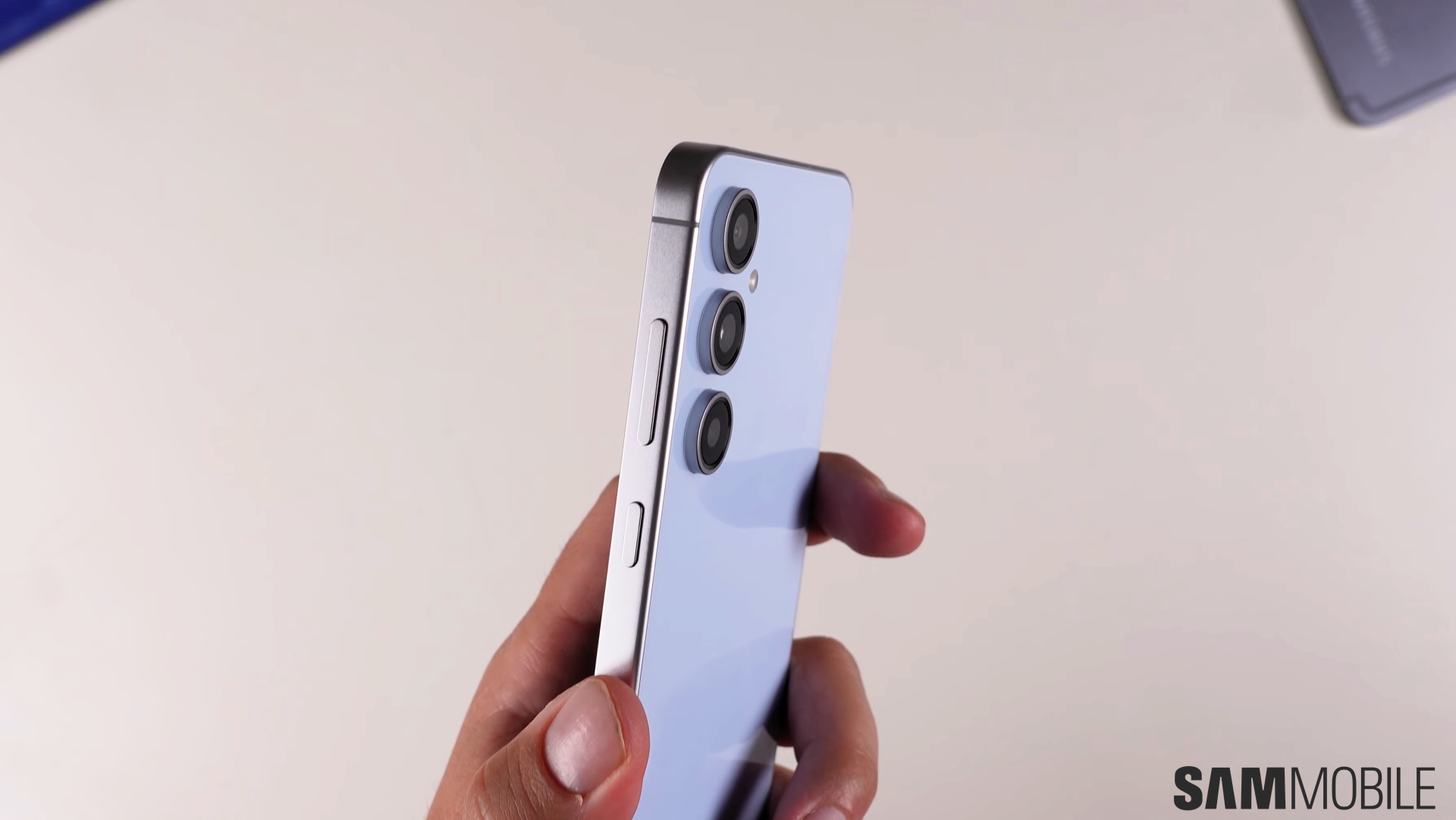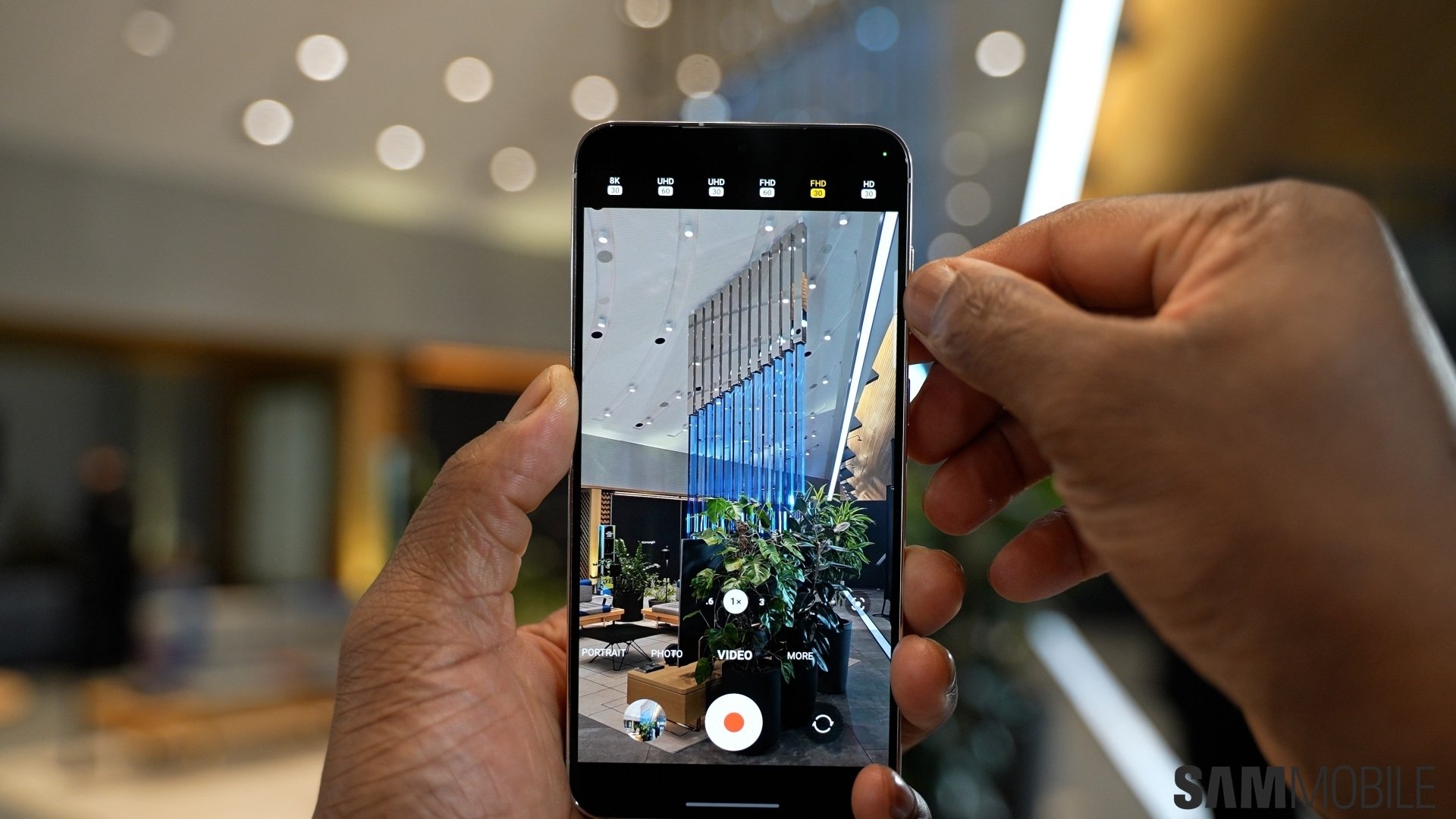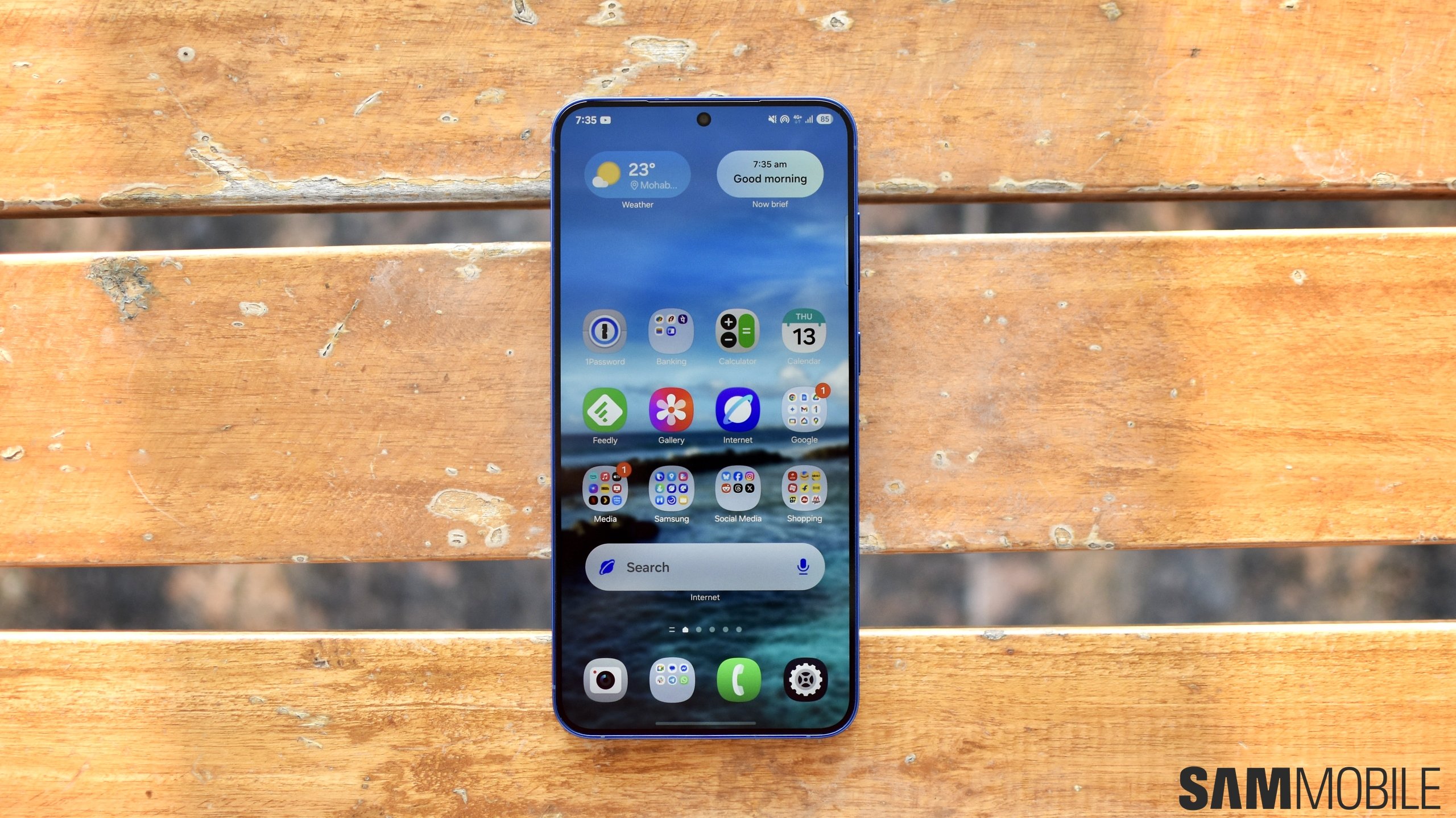
The trend of launching three different models in the tablet lineup started in 2022. This was the first time that Samsung launched an Ultra variant of its flagship tablet. The base and + models had existed for some time and the company expanded the lineup with a third model, the Galaxy Tab S8 Ultra. All three models were refreshed the following year and the base model was dropped altogether this time around.
There might be a few reasons why Samsung has made this decision. The gap between the base and + models has become fairly non-existent in the areas that matter the most. For example, the Galaxy Tab S9 and Galaxy Tab S9+ have the same chipset, metal build, Dynamic AMOLED 2X panel with a minor size difference, IP68 rating, and you could configure the base model with the same 12GB of RAM, even though the lowest priced variant of the Galaxy Tab S9 came with 8GB of RAM. Both devices came with the same Android 13 One UI 6 software out of the box with support for four years of Android OS upgrades.
Perhaps the sales data was convincing enough for Samsung to axe the tablet's base model this year. Why go through the effort of launching a variant that most people skip in favor of a more expensive option that ostensibly has a higher margin for the company as well? Besides, with the launch of the Galaxy Tab S9 FE and S9 FE+ late last year, Samsung has a solid affordable tablet option for customers where the savings are significant enough for them if they don't want want a flagship model but would still prefer a robust tablet for casual use.
This certainly renders the base Galaxy Tab S10 model unnecessary and one can understand why Samsung decided to axe it, particularly if it intends on following up last year's affordable models with the Galaxy Tab S10 FE and FE+ later this year. This begs the question, is it now time for a similar measure for the flagship Galaxy S smartphones?
The differences between the base Galaxy S24 and Galaxy S24+ are slim as well. They have the same chipset, camera setup, Armor Aluminum frame, and software support. The Galaxy S24+'s major differences include a 0.5-inch larger and slightly higher resolution but still the same Dynamic LTPO AMOLED 2X panel and 12GB of RAM as standard compared to 8GB on the base model. Besides, there's a noticeable shift in consumer preferences as they're overwhelmingly going for the top-of-the-line model.
Even early on, the Galaxy S24 Ultra was outselling all of the other models by a mile, accounting for 52% of sales for Samsung's 2024 flagship smartphone. The Galaxy S24 Ultra went on to become the best-selling Android smartphone in the first quarter of this year. It's not surprising, the Ultra has the best specs of the lineup, provides an unmatched camera setup, and is the phone to get if you want the best Galaxy AI experience. Customers understand that and are clearly voting with their wallets.
Then there's also the Galaxy S24 FE that Samsung launched earlier this week. It's got some major upgrades. It has the same 6.7-inch display size as the Galaxy S24+ and a fairly similar camera setup. There's a bigger 4,700mAh battery compared to the base Galaxy S24's 4,000mAh. It has an aluminum frame and glass on the front and back so it doesn't feel any less premium in the hand.
Even its new Exynos 2400e chipset is nearly identical with only a slightly lower clock speed on one of the ten cores, while the rest and the GPU are exactly the same as the Exynos 2400 in the Galaxy S24/S24+. The result? Most users would likely not be able to feel any difference in real-world performance between the Galaxy S24 FE and the base Galaxy S24. The Galaxy S24 FE also gets all Galaxy AI features and support for seven Android OS upgrades. So why buy the base Galaxy S24 for $799 when you can get the Galaxy S24 FE for $649?
One could make the argument that the entry-level Galaxy S25 will have a newer chipset, potentially faster memory, and some camera upgrades. Despite that, its merits have to be weighed against the Galaxy S25+ and the differences will once again be insignificant enough that customers would be better off buying the higher-spec model instead.
The minimal differences have reduced the value proposition of the base model. Shelving it would also have other benefits for Samsung, allowing it to streamline production, reduce costs, and focus more on the two models that have a higher price tag and better margins. Samsung would much rather everyone buy the Galaxy S25 Ultra anyway, so it would be better if the company streamlined its flagship smartphone lineup by tackling this redundancy and focus its resources on two highly distinctive models instead.
We know that this isn't happening next year. There's enough information out there to suggest that the 2025 lineup includes the base Galaxy S25. So we look beyond that to 2026 when the Galaxy S26 series comes out. If the sales data is similarly supportive of this move as it has likely been for the base Galaxy Tab S10 this year then in my opinion, it's a move Samsung shouldn't hesitate to make.
The base model's sole reason for existing shouldn't be to counter the entry-level iPhone 16 which also costs $799. Apple's customers are overwhelmingly opting for the more expensive Pro and Pro Max models anyway. Samsung's true fight with Apple is in that upper echelon and it has additional tools in its arsenal, the foldable phones, which Apple so far doesn't have an answer to.
















